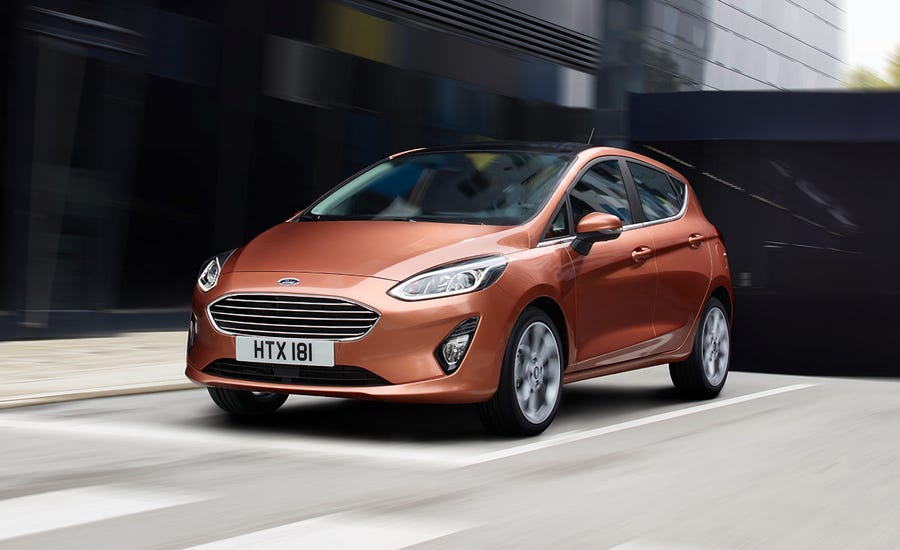My Tesla Q1 2018 Predictions
Model S/X : 22000 deliveries
Model 3 : 8000 deliveries (Production 10k)
Energy revenue : 500 million (Australia Battery project. some contribution from Powerwall 2, Solar roof )
Revenue : 3.6 billion (2.5 + 0.3 + 0.5 + 0.3) (Automotive Sales + Leasing + Energy+ Services)
GAAP Loss: 550 million (Assumptions : High end Model S/X Mix margin 25%, 30% margin Energy)
Non GAAP Loss : 400 million
Cash flow from Operations : 200 million (continued increase in customer deposits model 3, S,X , semi and roadster)
Cash flow from Financing: 540 million
CapEx : 1 billion
Downside risk to above is less model S and X deliveries and lower margin, in that case GAAP Loss could be 650 million
Upside to above estimate more S/X/3 deliveries (25K+10K) GAAP loss of 350 million
I know people are depressed bcos of low model 3 production but look at the big picture. Tesla produced 2.5k model 3 in Q4 and Q1 they will at least produce 10k that is 4X increase.
Tesla will not be able to maintain production more than 2.5K in Q2 because once they get new automated line up and running they will convert the semi automated lines to automated one to improve margin. Plus All wheel drive, White interior, Standard battery addition to production lines will also pose the problems in ramp. But I see average production to be around 2.5 K per week for whole quarter.
PFB predictions for rest of the 2018.
Tesla Q2 2018 Predictions
Model S/X : 24000 deliveries
Model 3 : 20000 deliveries (Production 30 k)
Energy revenue : 500 million (Increased contribution from Powerwall 2, Solar roof )
Revenue : 4.4 billion (3.1 + 0.4 + 0.5 + 0.4)
GAAP Loss: 400 million (Assumptions : High end Model S/X Mix margin 25%, 30% margin Energy, model 3 margin 10%)
Non GAAP Loss : 250 million
Cash flow from Operations : 500 million (continued increase in customer deposits model 3, S,X , semi and roadster)
Cash flow from Financing: 0
CapEx : 1 billion
Tesla Q3 2018 Predictions
Model S/X : 26000 deliveries
Model 3 : 60000 deliveries (Production 70 k higher mix of Long range + AWD)
Energy revenue : 700 million (Increased contribution from Powerwall 2, Solar roof )
Revenue : 6.95 billion (5.3 + 0.45 + 0.7 + 0.5)
GAAP Loss: 50 million (Assumptions : Model S/X margin 25%, 30% margin Energy, model 3 margin 20%, Increased R&D and Sales expense)
Non GAAP Profit : 150 million
Cash flow from Operations : 1.1 billion (Model Y)
Cash flow from Financing: 0
CapEx : 1 billion
Tesla Q4 2018 Predictions
Model S/X : 29000 deliveries
Model 3 : 75000 deliveries (Production 90 k)
Energy revenue : 900 million (Increased contribution from Powerwall 2, Solar roof )
Revenue : 8.2 billion (6.2 + 0.5 + 0.9 + 0.6)
GAAP Profit: 300 million (Assumptions : Model S/X margin 25%, 30% margin Energy, model 3 margin 22% Increased R&D and Sales expense, Autonomous driving GA)
Non GAAP Profit: 550 million
Cash flow from Operations : 1.6 billion (Model Y)
Cash flow from Financing: 0
CapEx : 1 billion
In upcoming quarters model 3 deliveries and margin will be the wild card , but any miss on that will be offset by increased energy revenue, ZEV credits , Autonomous driving availability sometime in Q3 . Model Y , semi , roadster reservations, delayed model 3 supplier payments will continue to help cash flow. I expect Tesla to continue Model 3 ramp post Q2 to 10K which will be achieved by June 2019. December 2018 rate assumed to be 7.5K.




